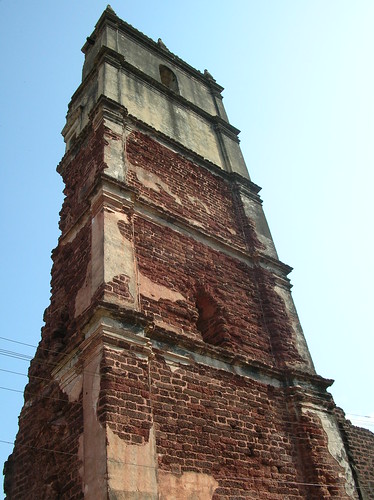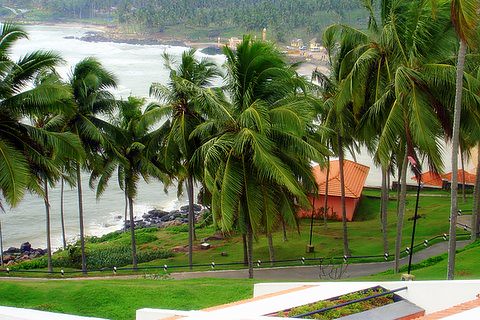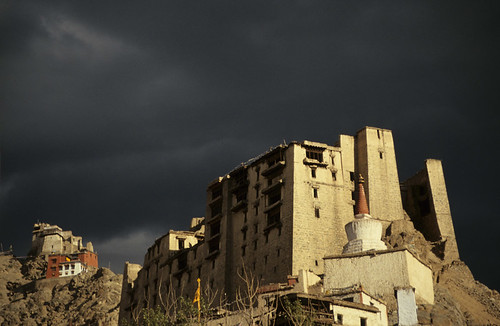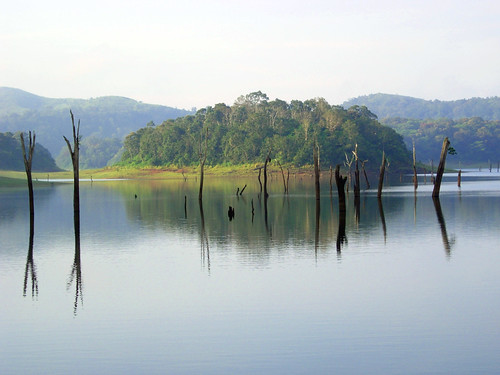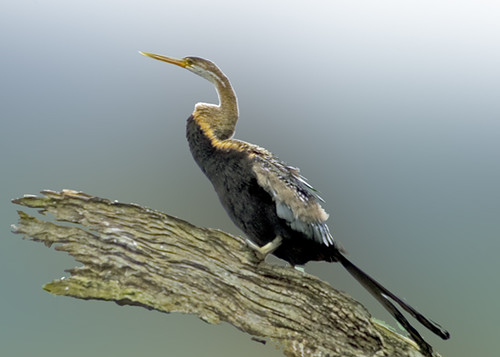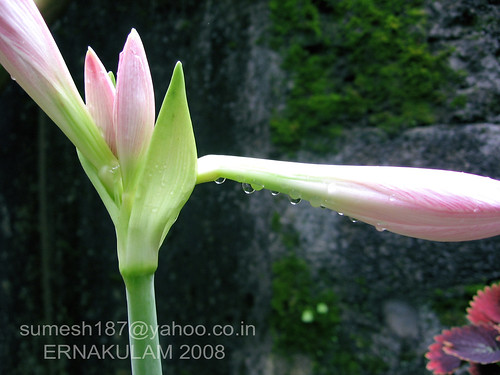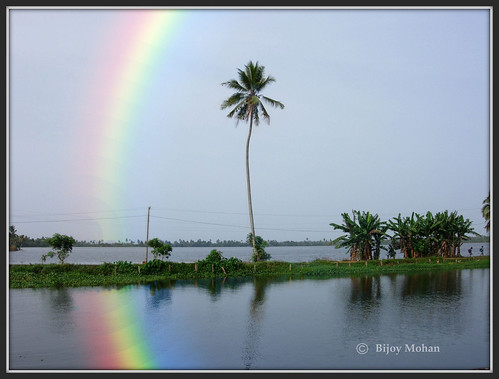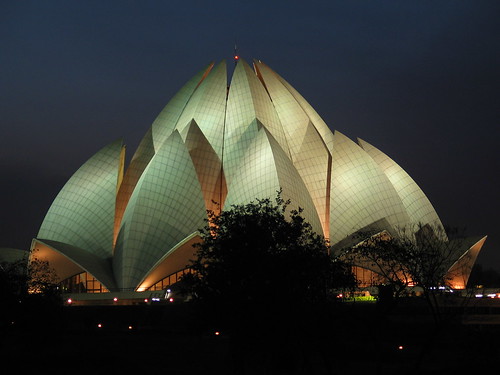
The Basilica of Bom Jesus located in Goa, India holds the mortal remains of St. Francis Xavier. 'Bom Jesus' is the name used for the infant Jesus. This Jesuit church built in 1695, considered as one of the best examples of baroque architecture is India’s first Minor Basilica.
This world heritage monument is a landmark in the history of Christianity. It houses the body of St. Francis Xavier, a very close friend of St. Ignatius Loyola with whom he founded the Society of Jesus (Jesuits). St. Francis Xavier died in the Sancian Island while waiting for a ship to Continental China on December 2, 1552.
The body of Francis Xavier was first taken to Malacca and two years later shipped back to Goa. It is said that the saint's body was as fresh as the day it was buried. The remains of the saint still attract a huge number of devotees, Christian and non-Christian alike, from all over the world, especially during the public viewing of his body every ten years, during the anniversary of the Saint's death. It was last held in 2004. The saint is said to have miraculous powers of healing and pilgrims and tourists come from all over the world.
This church with marble flooring is inlaid with precious stones. Apart from the elaborate gilded altars the interior of the church is simple. The church also houses paintings with scenes from the life of St. Francis Xavier. The mausoleum, designed by the 17th century Florentine sculptor Giovanni Battista Foggini took ten years to complete. On the top of it is placed the silver casket with the body of St. Francis Xavier. The silver casket was the gift of the last of the Medicis, Cosimo III, the Grand Duke of Tuscany.
On the upper level overlooking the tomb is the Bom Jesus Basilica Art Gallery, containing the works of the Goan surrealist painter, Dom Martin. Author and fellow Jesuit Anthony De Mello was also from Goa and does mention the basilica in his writings.

